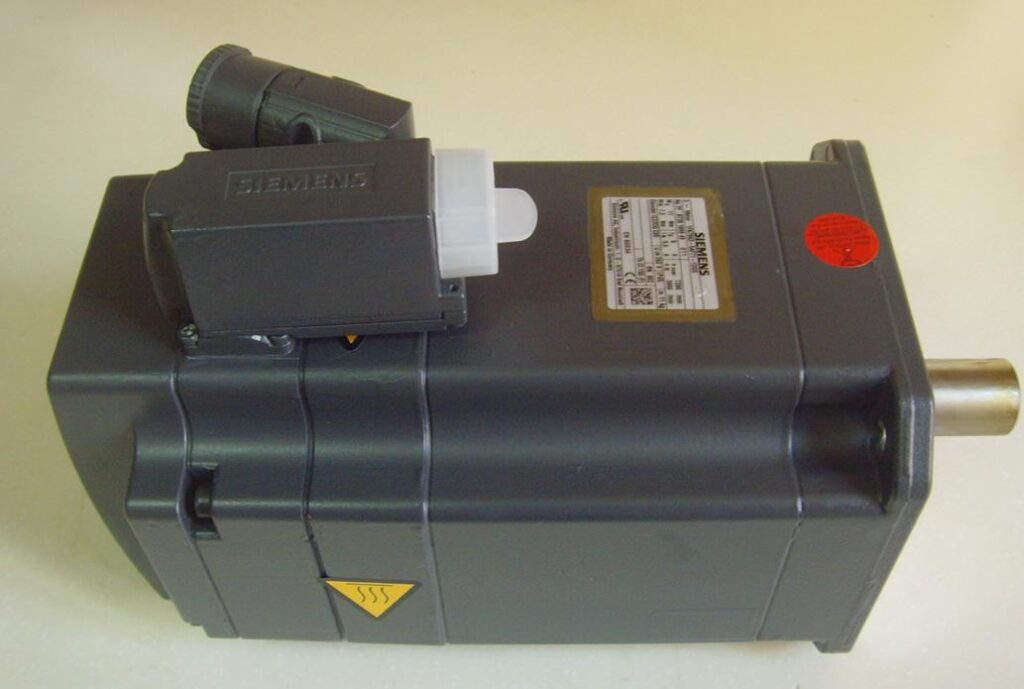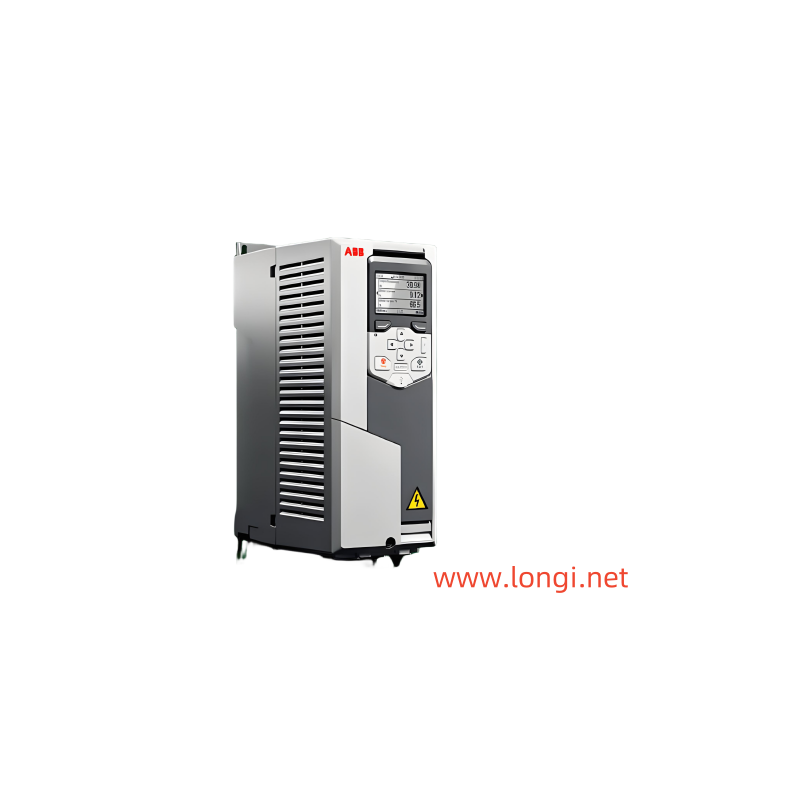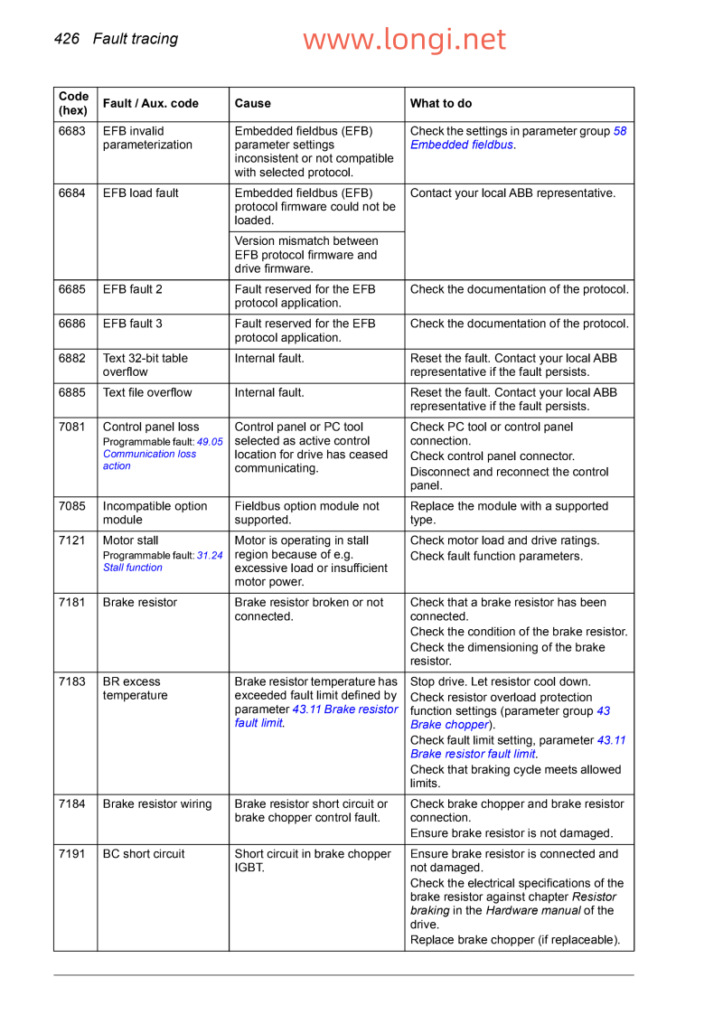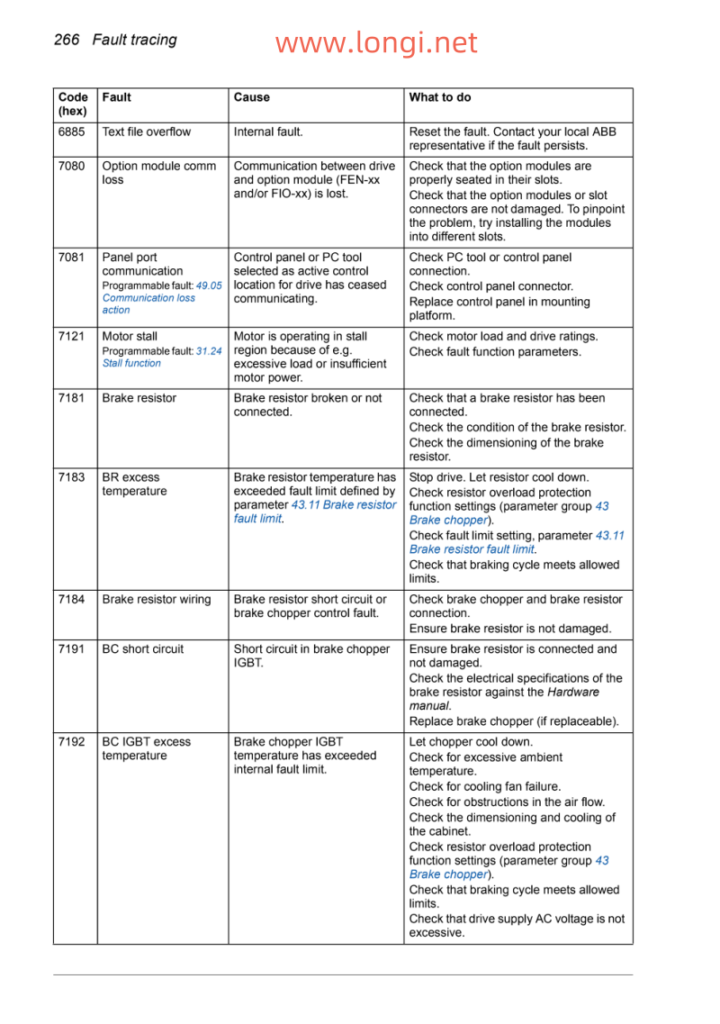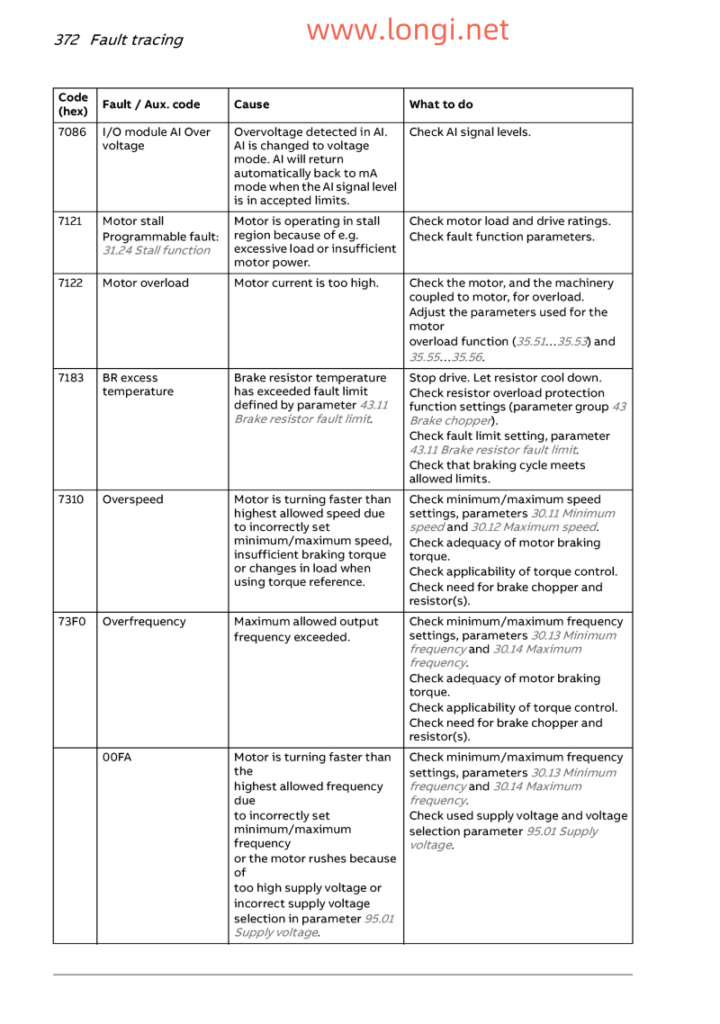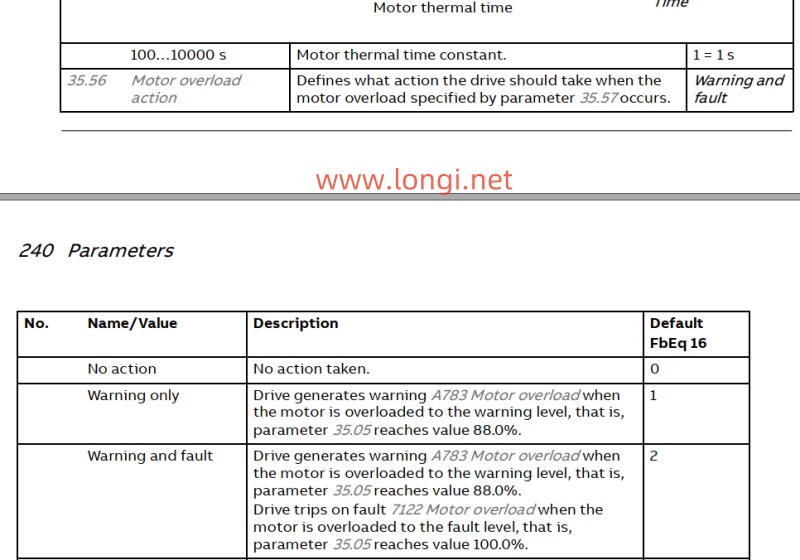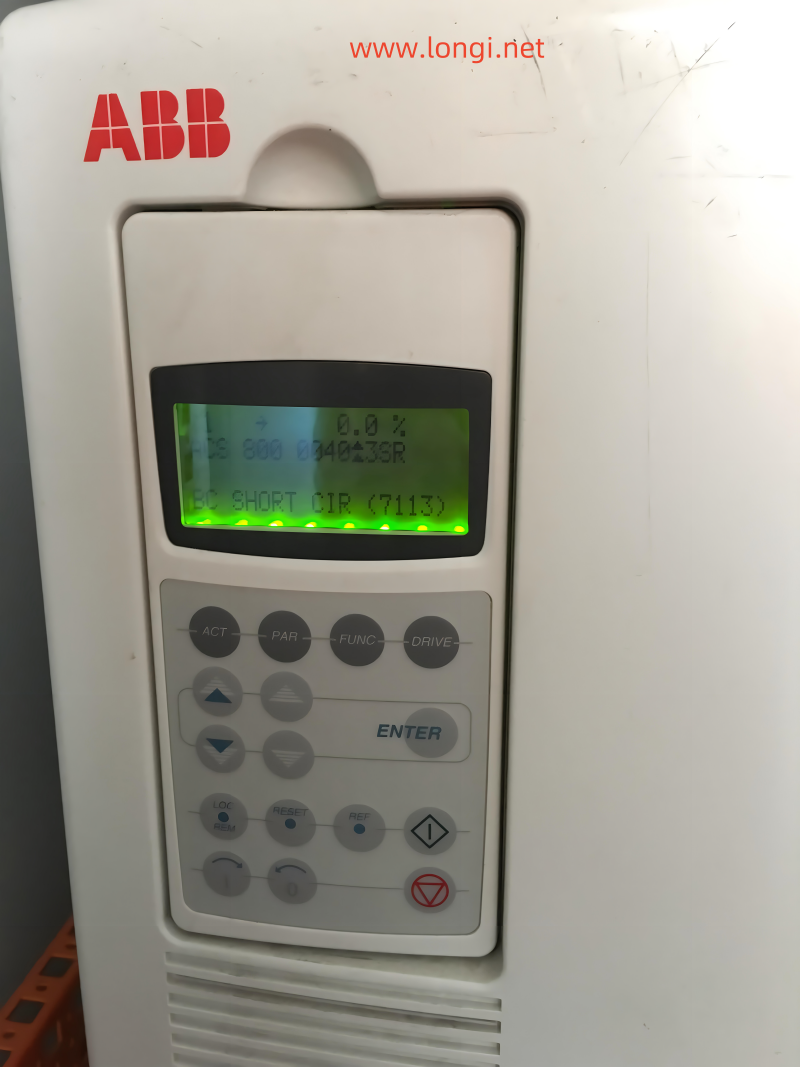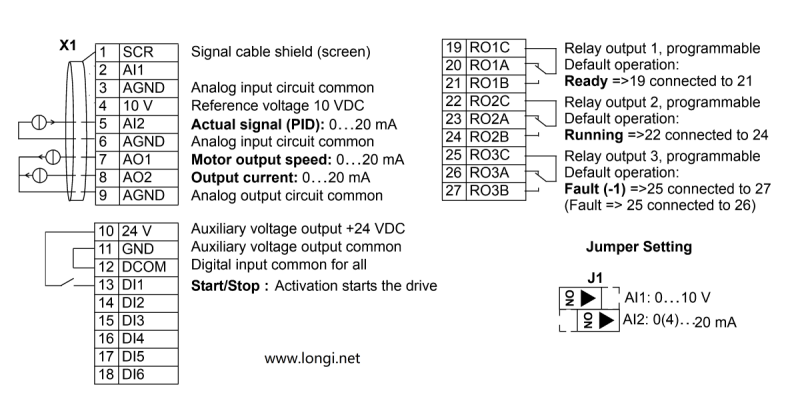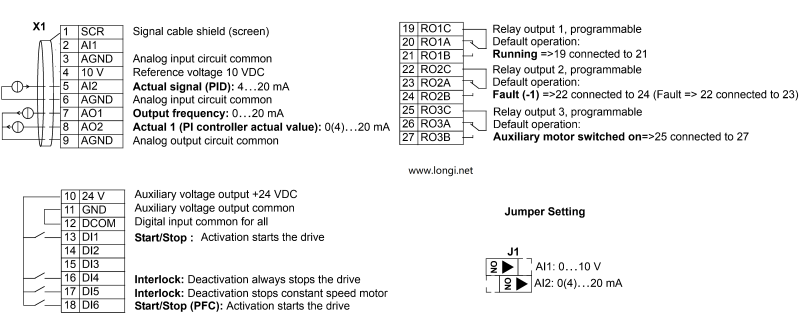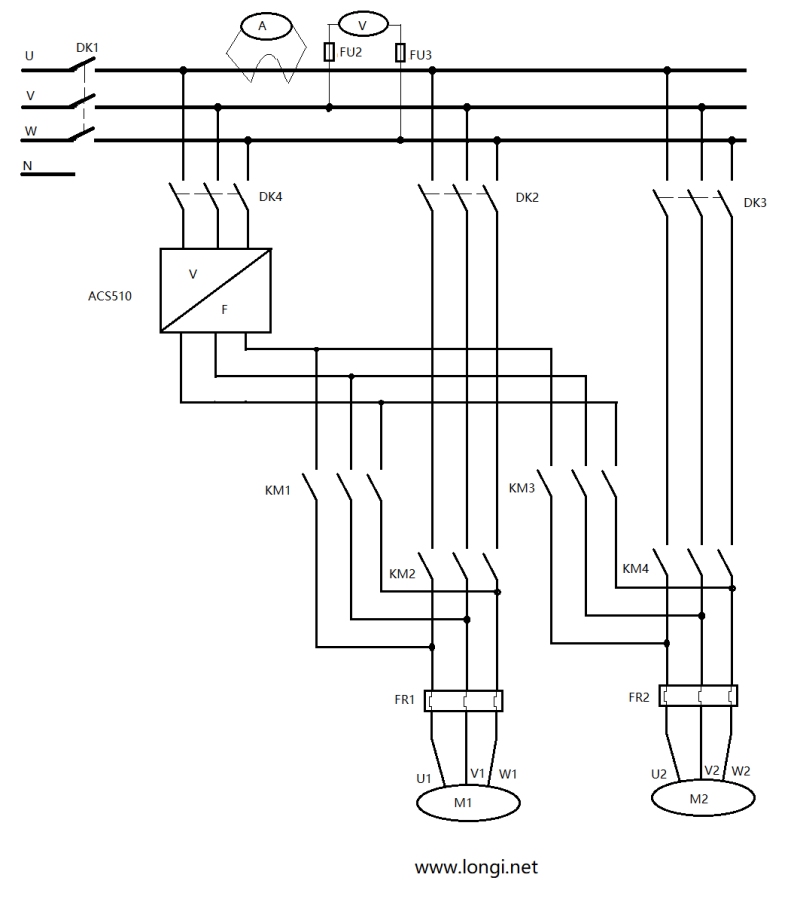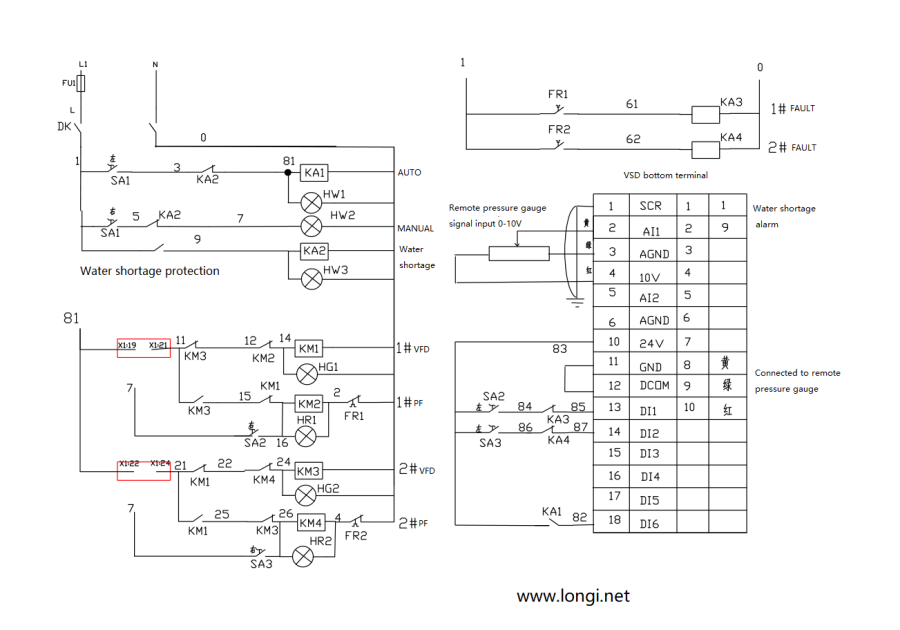Longi Electromechanical Company uses artificial intelligence AI methods and professional technical teams to professionally repair various types of ultrasonic equipment. It can achieve component level maintenance and repair general problems on the same day, winning valuable time for customer production. There are many types and brands of ultrasonic equipment devices, and currently there are a large number of ultrasonic equipment in the market, with varying quality and old and new. Rongji Electromechanical Company has repaired over 2000 related equipment and accumulated rich maintenance experience.Phone/WhatsApp:+8618028667265

Longi has excellent mechanical and electrical technology, and has great confidence in its repair level. The repaired ultrasonic welding equipment has a one-year warranty for the same problem point. The maintenance cost is relatively low, and the price is lower than the peers.

Longi Electromechanical repairs several types of ultrasonic equipment, including:
Plastic hot plate welding machines, ultrasonic welding machines, high-frequency welding machine maintenance, hot melt hot plate welding machines, multi-head ultrasonic welding machines, ultrasonic plastic welding machines, ultrasonic fusion welding machines, ultrasonic spot welding machines, hot plate welding machines, and hot melt welding machines.
Ultrasonic metal welding machines, ultrasonic metal spot welding machines, ultrasonic metal wire welding machines, ultrasonic metal roll welding machines, solar collector plate welding machines, solar copper pipe punching machines, and copper pipe flanging machines.
Automotive door panel welding machines, automotive interior part welding machines, automotive instrument panel welding machines, automotive bumper welding machines, automotive radiator welding machines, and automotive light welding machines.
Ultrasonic flaw detectors, ultrasonic welding and cutting machines, ultrasonic food cutting machines, ultrasonic tool heads, ultrasonic cutting knives, ultrasonic cake cutting machines, handheld ultrasonic welding machines, ultrasonic cleaners, KN95 mask sealing machines, semi-automatic spot welding machines for flat masks, manual mask spot welding machines, N95 mask earloop ultrasonic welding machines, ultrasonic mask sealing machines, automatic frequency tracking ultrasonic welding machines, handheld ultrasonic spot welding machines, and fully automatic ultrasonic welding machines.
Ultrasonic vibrating plates, ultrasonic power boards, ultrasonic transducers, ultrasonic generators, presses, ultrasonic boosters, ultrasonic welding heads, and supporting tooling.
Rongji Electromechanical has extensive experience in repairing and maintaining this diverse range of ultrasonic equipment, ensuring that these machines continue to operate at peak performance.

Longi Electromechanical has repaired ultrasonic equipment from various brands, including:
Minghe, Changrong, Swiss RINCO, Dingtaihengsheng, Gute, Xinzhi, Taiheda, Donghua, Ruang, American Branson, Daguangdian, Swiss TELSONIC, German SCHUNK, American AMTECH and SONICS, Korean TECHSONIC, Chuxin (SONICTECH), Jiemeng, Jikang, Hekeda, Kejiemeng, Weigute, Meiji, Fukeda, Jieda, and Haoshun.
The company’s experienced engineers are familiar with the repair and maintenance requirements of these brands, ensuring that the ultrasonic equipment is restored to its optimal performance. Rongji Electromechanical’s expertise in repairing a wide range of ultrasonic equipment brands demonstrates its versatility and reliability in the industry.

Over the years of repairing ultrasonic equipment, we have identified the following common faults:
The cleaning water surface does not vibrate, and there is debonding between the vibrator and the load.
The mold head is misaligned.
There is no display when turned on, and there is an overload or overcurrent during the welding process.
The current is too high during testing.
Insufficient welding capacity during the welding process, or the welding heat is too intense.
The vibrator has leakage waves.
The button does not work when pressed.
There is an issue with the travel protection.
There is sound, but the power cannot be adjusted.
The ultrasonic intensity is insufficient.
The transducer ceramic is cracked.
The power tube is burned out.
The voltage stabilization part is not functioning properly.
There are problems with the inductor and isolation transformer.
The vibrator wire is disconnected.
These faults can occur due to various reasons such as wear and tear, improper use, or component failures. It is important to regularly inspect and maintain ultrasonic equipment to identify and address these issues promptly. Our team of experienced engineers at Rongji Electromechanical is well-versed in diagnosing and repairing these common faults, ensuring that your ultrasonic equipment is restored to its optimal performance.
Principles for Ultrasonic Equipment Repair:
- Observe first, understand next, and then act, from the outside in.
When encountering problems with ultrasonic equipment, one should not blindly continue operating or rush to take action. It is essential to first inquire with the frontline production staff on duty that day to understand clearly when the problem occurred and the actual fault situation. Check if there were any voltage fluctuations, thunderstorms, or unauthorized disassembly at the scene.
If there is no response from the equipment, it is likely that a fuse or short circuit has occurred. In this case, focus on checking the electrical situation and measuring impedance with a multimeter. For unfamiliar ultrasonic equipment, do not dismantle it immediately. It is necessary to research its structure and related manuals online. When disassembling, pay attention to the coordination process of each part, keep the parts organized, and label anything that needs to be remembered. If necessary, draw simple diagrams. Acting rashly may escalate the problem or even make it impossible to reassemble the equipment.
- Simple before complex
Start by ruling out peripheral issues. Factors such as the surrounding environment, electricity, load, raw materials, and molds can all affect the normal operation of the equipment. First, confirm whether these aspects are functioning properly. Clean the equipment and its environment, as this sometimes resolves the issue. For example, oil and dust on some buttons can cause poor contact. If possible, swap two ultrasonic devices or other components for comparison to confirm the problem’s general direction. Only after confirming that the ultrasonic device itself is the issue should you disassemble it or send it out for repair.
For equipment that has had problems in the past, there is a high likelihood of similar failures recurring, so pay close attention to these areas.
- Address mechanical issues first
Mechanical problems can be seen with the naked eye, such as issues with the mold. Even if the transducer is working, the equipment may not function properly, which can be determined through touch and comparison. If mechanical problems are not addressed and one blindly searches for electrical causes, it will be like looking for a needle in a haystack and will never be resolved. Admittedly, dealing with mechanical issues can be somewhat challenging, but they must be resolved.














